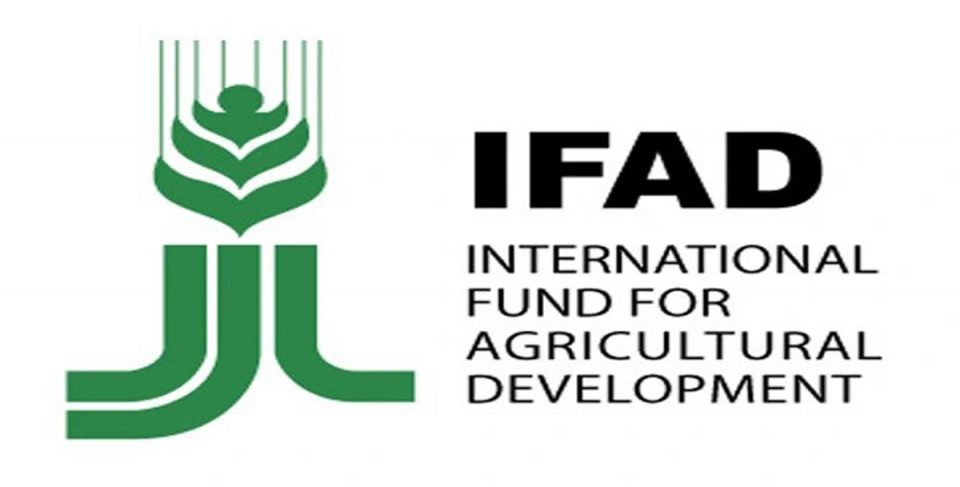Global remittances are expected to increase to an all-time high of $5.4trillion by 2030, according to the report Mobile Remit Africa launched by the International Fund for Agricultural Development (IFAD).
According to the report, remittances, the hard-earned money sent by migrant workers to their family members in low- and middle-income countries (LMICs), grew by 8.6 per cent in 2021 despite predictions that the COVID-19 pandemic would reduce remittance flows, the momentum was sustained due to a 48 per cent increase in money sent through mobile channels.
“The digitalisation of remittances, particularly through mobile channels, is a great opportunity to boost rural development as over half of these funds go to rural areas. Digitalization reduces fees and other transactions costs like travel time, making the process more convenient and safer while promoting digital and financial inclusion,” said Gilbert F. Houngbo, President of IFAD, speaking on the International Day of Family Remittances.
Remittances flow (US$605 billion) more than tripled the total amount of international official development assistance (US$178.6 billion). Money sent home by over 200 million migrant workers around the world this year is expected to reach US$630 billion, providing a lifeline for more than 800 million family members.
“Remittances lift people out of poverty, put food on the table, pay for education, cover health expenses, allow housing investments and many other family goals beyond consumption,” added Houngbo.
The aggregated flows of family remittances to LMICs are expected to reach US$5.4 trillion by 2030, a figure equivalent to twice the GDP of Africa in 2021.The upward trend of remittances growth is likely to moderate in 2022 as inflation erodes wages while pandemic-related support programmes end in rich countries. The war in Ukraine is expected to impact global figures, as it is triggering a sharp decline in transfers to Russia’s neighbouring countries, where remittances can account for as much as 30 per cent of their GDP.
According to the analysis of seven African countries conducted by IFAD in the MobileRemit Africa report, the use of mobile channels for remittances by migrant workers and their families has brought an overall reduction in costs.
However, the African remittance market remains the most expensive, with an average cost of 7.83 per cent against the global average of 6 per cent. Reducing the cost to the 3 per cent goal agreed in the Sustainable Development Goals (SDGs) would lead to an additional US$4 billion per year being received by migrant families in Africa. Mobile transfer costs are already in line with the SDG target of 3 per cent.
“Mobile remittances offer a unique opportunity to bring millions into the formal financial sector, bringing financial services and income-generating opportunities closer to their communities,” said Pedro De Vasconcelos, Manager of the Financing Facility for Remittances at IFAD.



